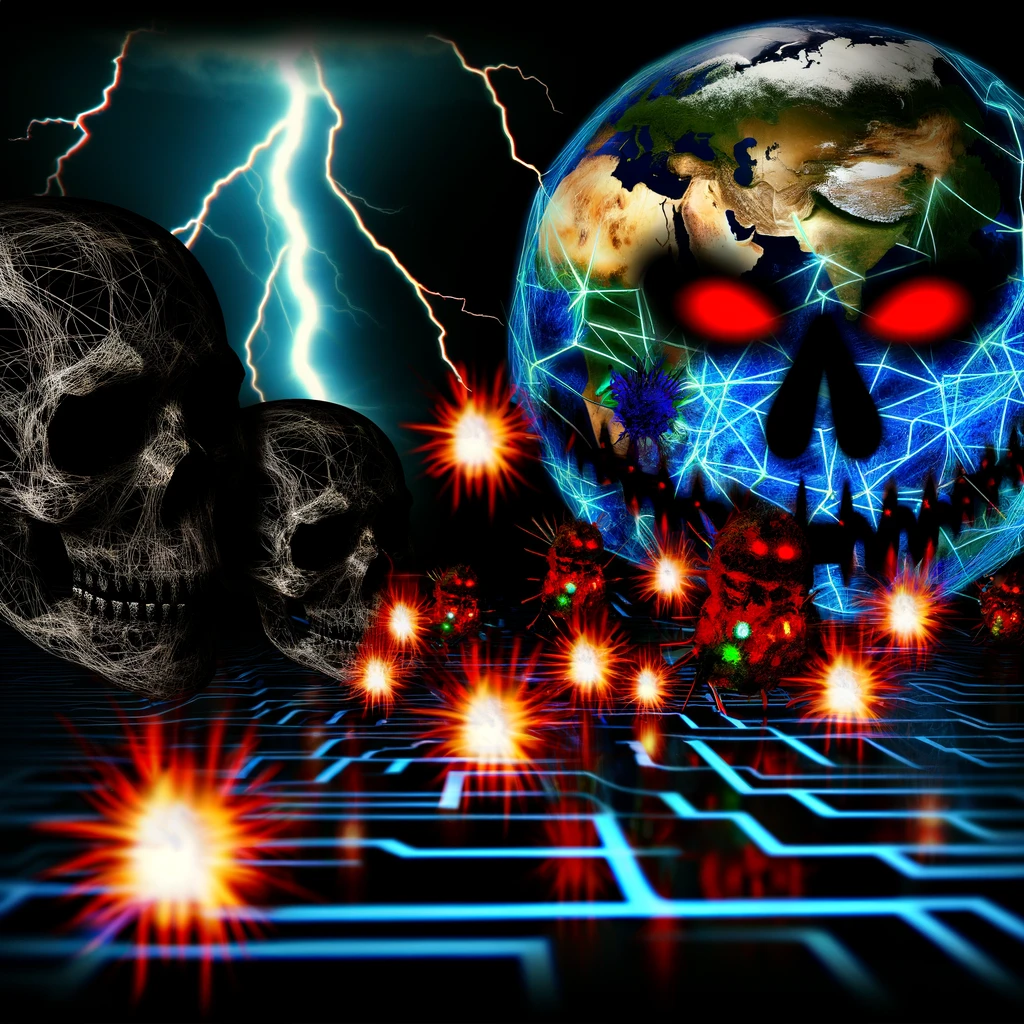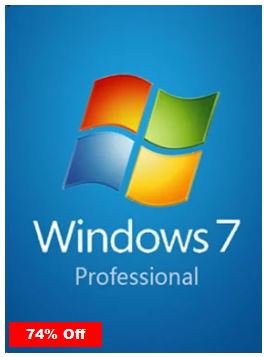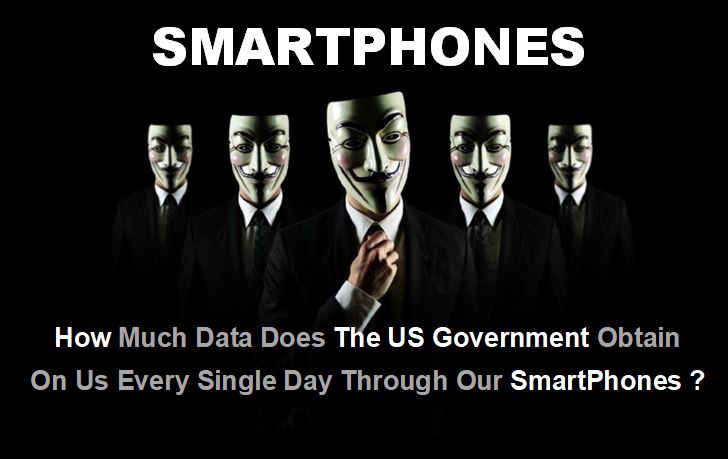
The Current State of Cybersecurity
In the rapidly evolving digital landscape, cybersecurity has ascended as a paramount concern for entities across the spectrum, from small businesses to colossal corporations. The urgency for robust cybersecurity measures cannot be overstated in today’s environment, where the United States and the global community at large grapple with escalating cyber threats. The consequences of neglecting cybersecurity can be devastating, with ransomware and cyberattacks presenting tangible threats that can cripple operations, tarnish reputations, and incur monumental financial losses.
The cybersecurity landscape in the United States and globally is fraught with challenges. An upsurge in sophisticated cyberattacks has been observed, targeting organizations of all sizes and sectors. No entity is immune; the digital age has democratized vulnerabilities, making it imperative for every business, whether a small enterprise or a sprawling conglomerate, to prioritize cybersecurity.
The Impact of Cyberattacks
Cyberattacks, particularly those involving ransomware, can have dire consequences for companies. Ransomware, a type of malicious software designed to block access to a computer system until a sum of money is paid, has become a favorite tool of cybercriminals. The effects of such an attack can range from temporary disruption of operations to severe data breaches leading to long-term reputational damage. Financially, the costs are staggering. According to various industry reports, the average cost of a cyber breach for businesses can run into millions, factoring in the ransom payments (if made), remediation costs, lost revenue, and potentially hefty legal fines for data breaches.
The Unseen Vulnerabilities
Many companies operate under the illusion of security, unaware of the chinks in their digital armor. The proliferation of connected devices, the adoption of cloud services, and the increasing reliance on digital operations have expanded the attack surface for cybercriminals. The sad truth is, a significant number of businesses discover their vulnerabilities only after they have been exploited.
IT Action Plan for Enhanced Cybersecurity
Given the critical nature of the threat, immediate action is required. Below is an IT action plan that companies, regardless of size, should implement to bolster their cybersecurity posture:
- Conduct a Cybersecurity Audit: Engage in a comprehensive review of your current cybersecurity measures to identify vulnerabilities.
- Educate Your Workforce: Implement regular cybersecurity training for all employees to recognize and avoid phishing attempts and other common cyber threats.
- Update and Patch Systems: Ensure that all software and systems are up-to-date with the latest security patches.
- Implement Multi-Factor Authentication (MFA): MFA adds an extra layer of security beyond just passwords, significantly reducing the risk of unauthorized access.
- Backup Data Regularly: Regular, secure backups of critical data can mitigate the damage from ransomware attacks.
- Develop and Test a Response Plan: Have a clear, tested incident response plan in place to quickly and effectively address any security breaches.
- Leverage Professional Cybersecurity Services: Consider engaging with cybersecurity firms for advanced threat detection, security assessments, and incident response services.
Wrapping Up:
In conclusion, the significance of cybersecurity in today’s digital age cannot be understated. As cyber threats continue to evolve in sophistication and scale, it is incumbent upon every business to adopt a proactive stance towards cybersecurity. By following the outlined IT action plan and seeking expert guidance, businesses can significantly mitigate the risks of cyberattacks and safeguard their operations, reputation, and bottom line. Let 623 PC Technology Services be your partner in navigating the complex cybersecurity landscape, ensuring your business remains resilient in the face of digital threats.
How 623 PC Technology Services Can Help
Understanding the complexities and challenges of cybersecurity can be daunting. This is where 623 PC Technology Services steps in. Offering a one-hour free consultation, 623 PC Technology Services provides expert advice and solutions tailored to protect your business from the evolving spectrum of cyber threats. Whether you’re seeking to evaluate your current cybersecurity posture or looking to implement a robust cybersecurity strategy, our team is ready to assist.
Paul ~











